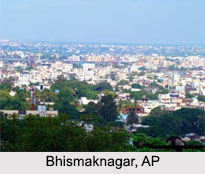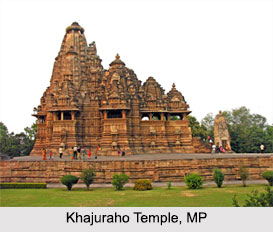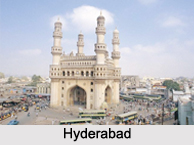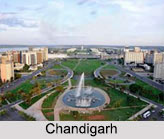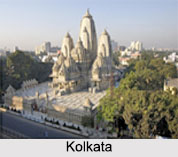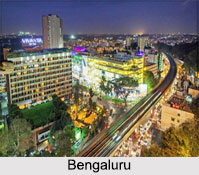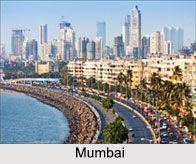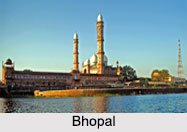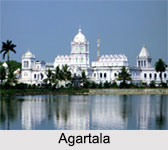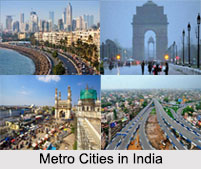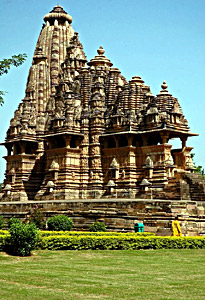 Quite a handful of places have developed in the whole of Indian subcontinent . The state of Madhya Pradesh too houses numerous places and towns. Amongst them , the experts have pointed out the significance of Harpalpur. It is a `town` that lies under the jurisdiction of a `nagar panchayat`. Harpalpur is located in the Chhatarpur district of the same state.
Quite a handful of places have developed in the whole of Indian subcontinent . The state of Madhya Pradesh too houses numerous places and towns. Amongst them , the experts have pointed out the significance of Harpalpur. It is a `town` that lies under the jurisdiction of a `nagar panchayat`. Harpalpur is located in the Chhatarpur district of the same state.
As far as the demography of the Harpalpur is concerned , one has to depend on the census report that came out in the year 2001. As per the report, the total population of Harpalpur has been counted to be 15,410. Information about male, female and also children can be known from it. Males comprise of 53 percent of the total population while females populace constitutes of 47 percent. In Harpalpur, 15 percent of the total population is below six years of age.
Literacy rate too can be inferred from the report.
What is remarkable is that the average literacy rate of Harpalpur is higher than the average of the entire nation, which is counted to be 59.5 percent. The average literacy arte of Harpalpur is 69 percent. To be specific, the literacy rate of males is 77 percent , while female literacy rate is lower than that of males . It is 60 percent .
The district of Chhatarpur is a hub of various industries like steel, spices, engineering works, ciramics etc. According to the opinion of experts, many people of the Harpalpur too have worked in these industries.
About the Harpalpur city, more information can be known. As per the citations of the experts, the district is thronged with several places of interests like Kandariya Mahadeo, Chaunsat Yogini, Chitragupta Temple, Vishwanath Temple, Chaturbhuj Temple, Duladeo Temple etc. Many people of Harpalpur, which forms an integral part of this Chhatarpur district, visit these temples quite often. Crops , vegetables are produced in the whole district . The chief crops include wheat, paddy , jowar, and also vegetations like teak, jamun, mahua, Kher and Achar are produced . On a yearly basis, average rainfall of the District is `1000-1200 mm`. Abundant minerals that are found here are pyrophite Dysphor, Okar and Chhui Mitti . Thus it becomes needless to say that these trends too are being followed in the Harpalpur.
